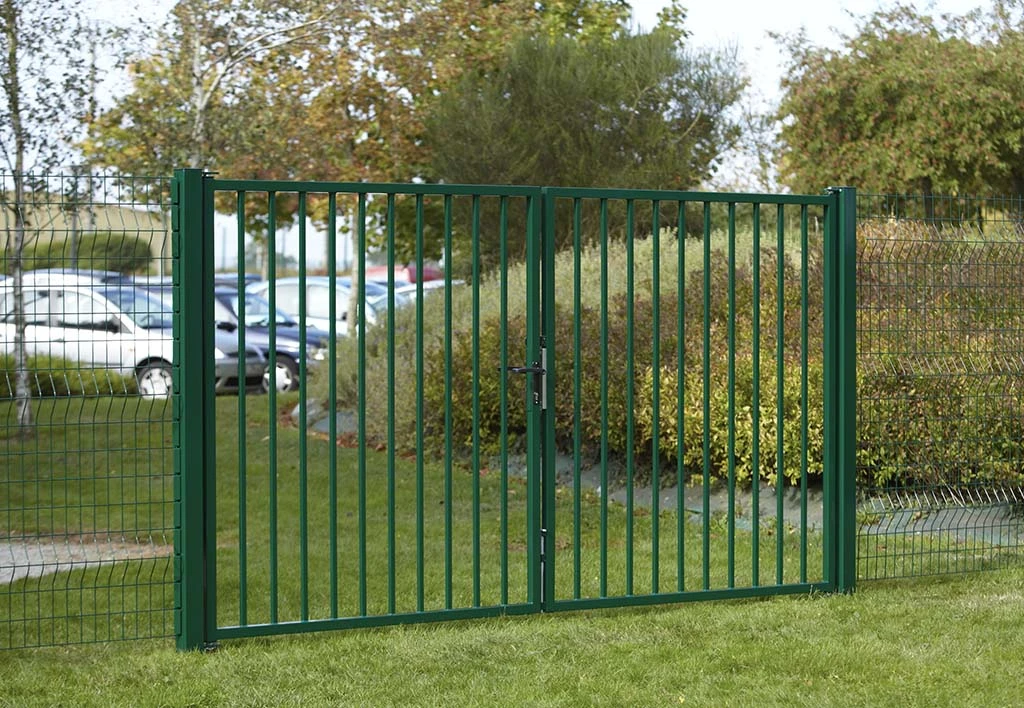building a chain link fence
Building a chain link fence is a practical solution for homeowners looking to improve property security, establish boundary lines, or enhance landscape aesthetics. With over 15 years of experience in the industry, I've witnessed firsthand the value that a well-constructed chain link fence can bring to a property. This guide will walk you through the essential steps, considerations, and expert tips for constructing a reliable chain link fence, ensuring you achieve a professional result that stands the test of time.
Understanding Your Requirements Before you begin the installation process, it's crucial to clearly define the purpose of your chain link fence. Whether it's for keeping pets safely contained, enhancing security, or establishing boundary demarcations, having a clear goal will influence your design choices and material selection.
Selecting the Right Materials Choosing quality materials is fundamental to the longevity and durability of your fence. Chain link fences come in various gauges, with the lower number representing a thicker, stronger wire. For most residential purposes, a gauge between 9 and 11 is ideal. Additionally, choose a vinyl-coated fence for added durability and aesthetic appeal, especially if your property is in a humid or coastal environment.
Planning and Permits Proper planning and adherence to local regulations are key to avoiding costly mistakes. Always check with your local zoning office to determine if you need a permit to build your fence. Mark the boundaries accurately before the installation begins and consult with your neighbors if your fence will be on or near shared property lines.
Tools Needed for Installation The success of your chain link fence installation heavily depends on using the right tools. Essential tools include post hole digger, level, tape measure, pliers, wrench set, and a concrete mixer. Investing in good quality tools not only makes the installation process smoother but also ensures precision and stability.
Setting the Corner Posts Begin by determining the locations for your terminal posts, which include both the corner posts and end posts. The stability of your fence depends significantly on these posts, so ensure they are deeply set in concrete to withstand pressure and environmental factors. A depth of at least 30 inches is recommended for adequate support.building a chain link fence
Installing Line Posts Once the concrete for the corner posts has set, proceed to install the line posts. Placement is critical to maintaining the structural integrity of your fence, so space the line posts between 8 to 10 feet apart for optimal stability and aesthetics. Ensure that each post is level and aligned before securing it.
Attaching the Chain Link Fabric After establishing a sturdy framework with your posts and top rail, it's time to unroll and attach the chain link fabric. Begin at a corner post and work your way along the fence line. Use tension bars and secure them with tension bands to maintain the tautness of the fabric. This step requires patience and attention to detail to avoid sagging or uneven sections.
Adding Gates and Accessories The installation of the gate(s) is the final major step in building your chain link fence. It's important to install gates that complement the overall design of the fence while providing easy access and security. Ensure that the gates are properly aligned, level, and securely mounted on sturdy gateposts. Consider adding accessories such as privacy slats or windbreaks if desired to enhance functionality and privacy.
Post-Installation Inspection and Maintenance Once your chain link fence is installed, conduct a thorough inspection to ensure that all components are securely fastened and aligned. Regular maintenance, including checks for rust, tightening loose fittings, and cleaning, will significantly prolong the life of your fence. Addressing minor issues promptly prevents costly repairs later.
By following these expert steps and insights, you can confidently undertake the construction of a chain link fence that not only meets your practical needs but also adds value and aesthetic appeal to your property. A well-planned and skillfully executed chain link fence installation ultimately reflects both expertise and trustworthiness, embodying industry best practices and personal experience in outdoor improvement projects.


















